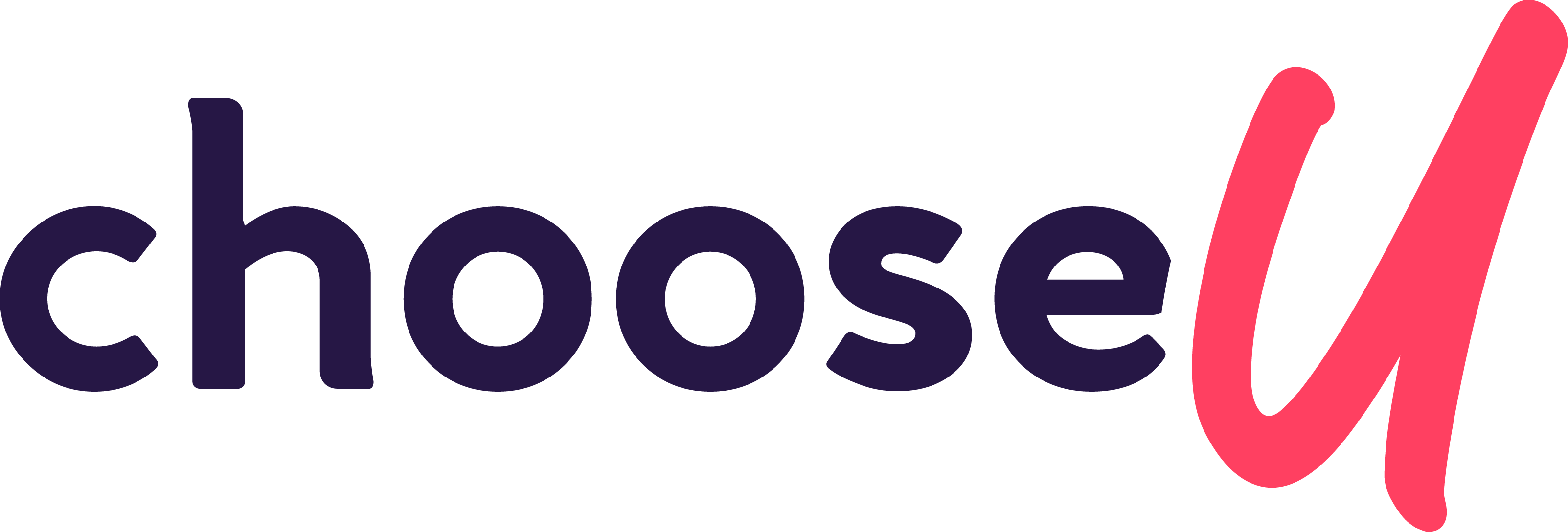Busy learners balance work, study, and personal commitments while pursuing professional development goals. The challenge isn't just finding time to study—it's maximizing the effectiveness of every minute you dedicate to learning. Effective time management empowers learners to make consistent progress, reduce stress, and achieve certification goals without sacrificing other important areas of life.
Whether you're working full-time while pursuing a Microsoft certification, managing family responsibilities alongside hospitality training, or juggling multiple commitments while building new skills, these proven time management strategies will help you create sustainable learning habits that fit your lifestyle.
Create a Structured Study Plan
Set SMART Goals
Define Specific, Measurable, Achievable, Relevant, and Time‑bound objectives to guide your efforts. Instead of saying "I want to learn Excel," create a SMART goal like "I will complete 3 Excel modules per week for the next 6 weeks to prepare for my Microsoft Office Specialist certification exam on [specific date]."
Break down large goals into weekly and daily targets. For example, if your certification requires mastering 18 modules over 6 weeks, that's 3 modules per week or roughly 30-45 minutes of focused study per day. This approach makes overwhelming goals feel manageable and provides clear daily direction.
💡 Pro Tip: The 1% Rule
Aim to improve just 1% each day rather than trying to make massive leaps. Small, consistent improvements compound over time and are much more sustainable than sporadic intensive study sessions.
Prioritize Tasks Using the Eisenhower Matrix
Rank assignments and study topics by deadline and impact on your goals using the four-quadrant system: Urgent & Important (do first), Important but Not Urgent (schedule), Urgent but Not Important (delegate if possible), and Neither Urgent nor Important (eliminate).
For certification study, focus 70% of your time on "Important but Not Urgent" activities like foundational learning and practice exercises. These build long-term competency. Reserve "Urgent & Important" time for exam preparation and deadline-driven assignments.
Map Weekly Schedules with Time Blocking
Assign dedicated study blocks and review sessions in your calendar, treating them as non-negotiable appointments. Identify your peak energy hours—many people focus best in early morning or late evening—and reserve these times for your most challenging material.
Create a weekly template that includes: 3-4 focused study sessions (45-90 minutes each), 2-3 quick review periods (15-20 minutes), one longer practice session (2-3 hours on weekends), and buffer time for unexpected challenges or deeper exploration of difficult concepts.
🗓️ Sample Weekly Schedule
Monday/Wednesday/Friday: 6:00-7:00 AM - New material study
Tuesday/Thursday: 7:00-7:20 PM - Review and practice
Saturday: 9:00 AM-12:00 PM - Hands-on projects and mock exams
Sunday: 30 minutes - Week review and next week planning
Maintain a Study Journal
Track daily achievements, challenges, and adjustments in a simple log. Record what you studied, how long it took, what you learned, and what needs more attention. This creates accountability and helps you identify patterns in your learning.
Include a weekly reflection: What worked well? What didn't? How can you adjust next week's approach? This continuous improvement mindset helps you refine your study methods and stay motivated by seeing your progress over time.
Leverage Productivity Tools and Techniques
Pomodoro Technique
Work in focused 25‑minute intervals with 5-minute breaks to maintain concentration and prevent mental fatigue. This technique is particularly effective for dense material like technical certifications or complex procedures. After four pomodoros, take a longer 15-30 minute break.
Use a timer app or physical timer to stay disciplined. During the 25-minute work period, focus solely on one task—no email, social media, or multitasking. If you think of something else you need to do, jot it down quickly and return to your focus task. This method helps build concentration stamina over time.
⏰ Pomodoro Variations for Different Tasks
Reading/Theory: Standard 25-minute sessions
Hands-on Practice: 45-minute sessions with 10-minute breaks
Review/Flashcards: 15-minute sessions with 3-minute breaks
Time Blocking
Reserve uninterrupted periods for critical tasks and group similar activities together. Instead of scattered 15-minute study sessions throughout the day, block out larger chunks of time for deep work. This reduces the mental overhead of constantly switching between different types of activities.
Color-code your calendar blocks: blue for new learning, green for practice/application, yellow for review, and red for exam preparation. This visual system helps you balance different types of learning activities and ensures you're not neglecting any crucial areas.
Task Batching
Combine related tasks to minimize context switching and boost efficiency. For example, batch all your reading assignments on Monday, hands-on practice on Tuesday, and review sessions on Wednesday. This approach allows your brain to stay in the same "mode" longer, reducing the energy lost when switching between different types of thinking.
Create themed days or time blocks: "Theory Tuesdays" for conceptual learning, "Hands-on Thursdays" for practical application, and "Review Fridays" for consolidating the week's learning. This structure makes it easier to prepare mentally for each type of activity.
Digital Tools
Use calendar apps (Google Calendar, Outlook), task managers (Todoist, Asana), and reminder notifications for organization. Set up automated reminders 15 minutes before study sessions to help you transition mentally. Use apps like Forest or Freedom to block distracting websites during study time.
Consider specialized learning tools: Anki for spaced repetition flashcards, Notion for comprehensive study notes, or Toggl for tracking actual time spent on different subjects. The key is choosing 2-3 tools that work well together rather than trying to use every productivity app available.
Distraction Management
Silence notifications and create a dedicated, clutter‑free study space. Put your phone in another room or use airplane mode during focused study sessions. If you must keep your phone nearby, use Do Not Disturb mode and only allow calls from emergency contacts.
Establish environmental cues that signal "study time" to your brain: specific lighting, background music or white noise, a particular chair or desk setup. These consistent cues help you enter a focused state more quickly and maintain concentration longer.
Maintain Motivation and Accountability
Visual Progress Tracking
Use charts, progress bars, or checklists to celebrate milestones and stay motivated. Create a visual representation of your certification journey—perhaps a progress bar showing modules completed, or a calendar where you mark successful study days with stickers or checkmarks.
Track both input metrics (hours studied, modules completed) and output metrics (practice test scores, skills mastered). This dual approach helps you see that consistent effort leads to measurable improvement, maintaining motivation during challenging periods.
📊 Simple Progress Tracking Ideas
• Weekly study hour goals with visual progress bars
• Module completion checklist with celebration rewards
• Practice test score trend chart
• "Study streak" calendar marking consecutive days
Peer Study Groups
Share goals, exchange feedback, and hold each other accountable through virtual or in-person study groups. Even if you're pursuing different certifications, the mutual support and shared commitment to learning creates powerful motivation. Schedule regular check-ins where each person shares their progress and challenges.
Use platforms like Discord, Slack, or WhatsApp to create study groups where members can ask questions, share resources, and celebrate achievements. The social aspect of learning helps combat isolation and provides external accountability that many self-directed learners need.
Regular Check‑Ins
Meet with a mentor, coach, or even a supportive friend weekly to review performance and adjust strategies. These conversations help you identify what's working, what isn't, and what needs to change. An external perspective often reveals blind spots in your approach.
Prepare for these check-ins by reviewing your study journal and progress metrics. Come with specific questions or challenges rather than just general updates. This makes the time more valuable and actionable for both parties.
Reward Achievements
Recognize completed tasks with small incentives to sustain momentum. Create a reward system that matches the significance of the achievement: completing a difficult module might earn a favorite coffee, finishing a practice exam could mean a movie night, and passing the actual certification deserves a bigger celebration.
Make rewards immediate and meaningful to you personally. The goal is to create positive associations with the hard work of learning, making you more likely to maintain consistent effort over time.
Integrate Learning into Daily Routines
Microlearning Sessions
Review key concepts during short breaks or downtime using 5-15 minute focused sessions. Keep flashcards on your phone, review notes during lunch breaks, or listen to educational podcasts while walking. These small sessions add up significantly over time and help reinforce learning between major study sessions.
Identify "dead time" in your schedule—waiting for appointments, commuting, or during commercial breaks—and have learning materials ready. Even 10 minutes of review can help maintain momentum and keep concepts fresh in your mind.
Commute Study
Listen to audio lessons, educational podcasts, or review recorded lectures while traveling. If you drive, use hands-free audio content. If you use public transportation, combine audio learning with visual review of notes or flashcards. This transforms otherwise "lost" time into productive learning opportunities.
Create playlists of educational content organized by topic or difficulty level. Having these ready means you can maximize any travel time without having to search for appropriate content while on the go.
Chore‑Based Review
Practice vocabulary, recite key concepts, or mentally review procedures while performing routine household tasks like cleaning, cooking, or exercising. This technique works particularly well for memorization tasks and helps you make use of time that would otherwise be purely routine.
Be selective about which activities you pair with learning—choose tasks that don't require much mental focus. Folding laundry while reviewing flashcards works well; cooking a complex meal while trying to learn new concepts does not.
Nightly Recaps
Reinforce memory with brief 10-15 minute reviews before sleep. Research shows that reviewing material before bed can improve retention as your brain processes and consolidates information during sleep. Focus on the most important concepts from the day rather than trying to review everything.
Keep this review light and positive—end your day by acknowledging what you learned and accomplished rather than stressing about what you didn't finish. This creates a positive association with learning and helps ensure better sleep quality.
Ready to take control of your schedule?
Explore our certification programs and transform your learning journey today!


